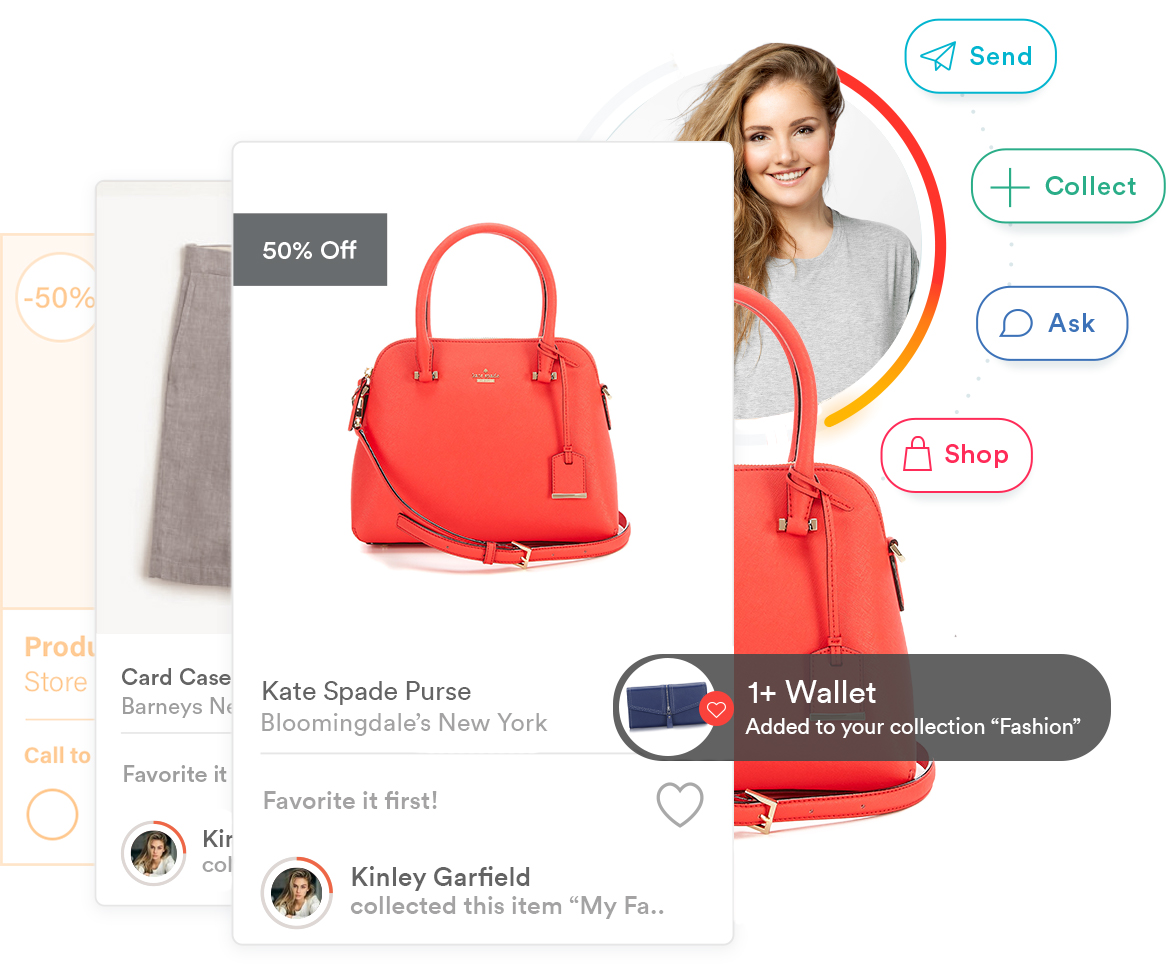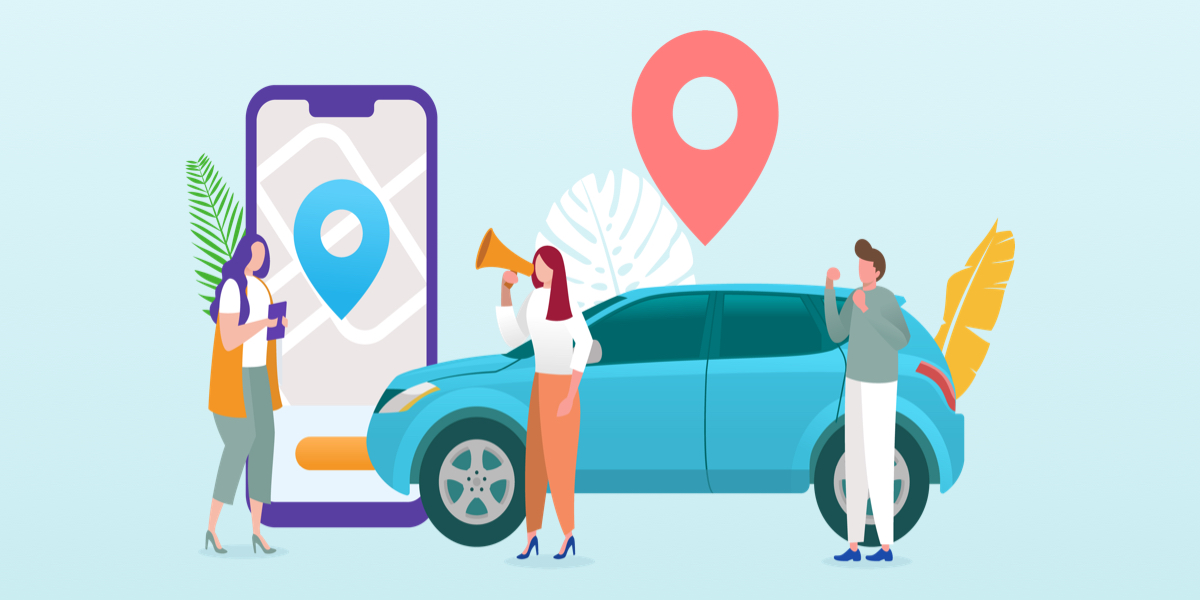The recent shift in focus toward the creation of applications and platforms that leverage shared services to cater to market demands has seen a rapid increase. Shared app services such as Uber, Airbnb, Lyft are gaining extreme popularity. More and more businesses want to create such apps and entrepreneurs and traditional service providers are looking at ways they can get in on the action by developing applications and platforms for services involving travel and accommodation, retail and consumer goods, and entertainment, media and communications. Generally speaking, any service sector can be considered fair game for the sharing economy.
If you are an entrepreneur, a start-up or an established business looking to create a platform that allows service providers and consumers to connect or perform transactions, then this article is for you.
This article will offer a step-by-step guide in creating a marketplace or peer-to-peer application for the sharing economy. We will use Uber as our primary example and perform a structured analysis that will cover the requirements, business structure, needs and costs for developing an “Uber-type” application.
A Ballpark Look at the Real Cost of marketplace Apps development
Contact us to discuss about your project
Perhaps small shops get an Uber type app platform built for under $75,000 with interns and students, While a professional company with top-notch design and development talent tends to work with these platform projects at $75,000 and up, or as much as $500,000 at the upper end, with $200,000 a rough median.
Big companies might charge upwards of $1,000,000, although you see sharply diminishing economies when you work with a company of 1000+ people. Plus, you can lose out on critical development opportunities working with agile teams.
Let’s analyze the basic framework of Uber to help you understand the business structure and plans required to build an app similar to Uber.
What are Uber-type applications?
Uber is a ride-sharing application that caters to anyone looking for a quick and cost-effective means of transportation without having to worry about the common problems with car ownership – fuel, maintenance, parking, etc. Uber’s solution simply connects people that wish to use the service with those willing to provide the service for a stated price. Similar to Uber, other applications can be built that provide on-demand services in other facets of the sharing economy. The basic tennents of an Uber-type application can be summarized as follows:
The need for a service where this service has a broad and generally inelastic demand.
A mobile platform through which consumers can request or reserve the service.
Multiple service providers available in the geographic area where the service is requested.
Consumers have the ability to choose the service provider from a list of available options.
The request is processed the service provider accepts the request.
The consumer receives the service and a payment is made.
Consumers rate and review the service provider which provides transparency about the quality of the service provider.
Transparency promotes trust and continued use of the application.
Based on the above analysis following are the fundamentals for building an on-demand service peer-to-peer application
Fundamentals of building an Uber-type application:
As mentioned above, essential factors involved in creating an Uber-type app include the need for a service, the ability to pool service providers willing to offer the service, the finances for building a mobile application that can bring together the consumer and service provider, and finally sufficient market demand to actually use the app, pay for the service, and leave ratings and reviews.

Now technically speaking, an application like Uber could be implemented for almost any industry. For example hair salons, travel guides, car maintenance, home inspection, and construction could all be prime candidates for such a model. However, in many cases, the cost of building such a solution may outweigh the market opportunity. The costs to build an ecosystem like Uber depends very much on the complexity and overall functionality of the application. Therefore it is important to analyze all features and functions to be offered before making the decision to join the growing list of successful companies in the sharing economy.
At Cubix, we receive requests for creating similar platforms and have expertise in the listing of features and the breakdown of costs for these requests so any entrepreneur, start-up, or organization interested in creating an Uber-type platform has a clear sense of the type of funding required.
During a discussion with Salman Lakhani, CEO at Cubix, on Uber ecosystems and their costs, he mentioned that the total cost of development generally ranges from $80,000 to $400,000 but can increase even further depending on the complexity of the requested features. In the next section, we will address some of the more common features and services required for building an Uber-type application.
Read More: Develop an On-Demand Delivery App
Features required in Uber-type applications
Location Services
The location feature enables the application to pull user location information in order to offer services within that specific location or vicinity. Vendors are able to view user locations and thus calculated the estimated time for the vendor to service the location. A basic location service incorporates a geological map and GPS integration. The development time to build a location service similar to Uber’s is as about 150 hours and is broken down as follows:
Built-in geolocation feature: 30 hours
Submitting a ride request: 30-35 hours
Tracking the service provider or the ride: 70-75 hours
Based on an average cost of development of $50 per hour, the overall cost would be around $7,500.
In-app Payments
Implementation of in-app payments, allows users to pay for a service with credit cards or in cash. Payment services need to be secure and thus a payment gateway will need to be integrated to shield and protect user data from malicious intent. Other features can be included such as an add or scan a card feature or a fare calculator to give users an estimated cost of the service. The development time for an in-app payment feature could be as low as 150 hours but can rise significantly depending on complexity. The level of effort is broken down as follows:
Payment gateway integration: 70+ hours
Adding a credit card feature: 40+hours
Fare calculator: 20+hours
Again, estimating with the same price of $50 per hour, the cost could range anywhere from $7,500 to $15,000.
Registration and Reviews
When getting users to sign up for your app, you want the registration process to be as seamless and quick as possible, thus various features such as logging in through email or social media, logging out, editing the profile, recovering a password, adding profile details like photos should be provided. The time and cost of building these can be broken down as follows:
Sign up through social media: 8+ hours
Sign up through e-mail: 15-20 hours
Sign up through phone number: 30-35 hours
Editing a profile: 40-45 hours
User reviews: 8-10 hours
Based on above calculations this could cost a minimum of $5,500.
Notifications
Push notifications and text services are a basic feature of all Uber-type ecosystems. It is how users stay informed that they have ordered a service and when to expect the service to arrive. The cost of adding push notifications depends on the complexity and requirements it could take a developer up to 80 hours to code. Here is the breakdown:
Push notifications: 35+hours
SMS integration: 45+ hours
Thus, notifications can cost around $3500-$4000.
Costs may vary on the basis of Design
The above breakdown is provided on the basis of basic features included in an Uber-type application and the average rate that a developer could charge for this type of work. In total, the estimate of creating a full-blown Uber-type app with complex integrated features, a smooth design, and a user-friendly and fluent interface is usually estimated to be around $350,000-$400,000. After all, an Uber-type app is not just about location services, payment integration and push notifications. But the point here is to provide a list of the most common features that can be found across most any application in the sharing economy. Total cost of development involves a great many more features that cannot all be listed here. And depending on the business plan, company type, services offered, design requirements, and the local costs per hour of app development, the prices could vary greatly.
A responsive and efficient ecosystem needs professional tools and resources, building a complex app with multiple integrated features, scripts and coding is not possible without the necessary resources. Ali Sohani, CTO at Cubix, discusses that an application developed independently will not have the “same sophistication and quality as a product built by professionals.” According to Ali, building an app with a development team is “like a stage play where the actors are performing various roles on stage while there is also a lot of activity happening behind the stage that often goes unnoticed. And in order for the whole show to be successful, every person must be keenly aware of their place within the spectacle and execute their role flawlessly.”
How is an app development team setup?
While the requirements of the client may slightly alter the makeup of a development team, there is always a general structure to a development team that can be followed – designers and developers are always responsible for design and development, product and account managers are responsible for communication with clients and developers, and a director is responsible for overlooking the functionality of the app.
Why Cubix for your next Uber-type venture?
Using a proprietary “Rapid Agile Development” process, Cubix has combined the most efficient elements of Lean, Kanban, SCRUM and Extreme programming best practices and blended them together with a rapid and intense requirement-gathering process – all executed within a disciplined, data-driven framework that’s flexible, transparent and inclusive for all our clients. We know this system works, because we regularly achieve results like these:
Provide finished products to our customers in 2 weeks rather than 8 weeks that are taken by other developers.
We are experienced in turning around “crisis” projects inherited from other firms, and we are experts at beating timelines and providing services under budget.
We’ve handled complex financial trading and banking applications without waiting 9 months to complete documentation, yet still allowing the client almost unlimited changes to project scope in mid-development.

